Introduction
Winemaking is often described as both an art and a science, and nowhere is this more evident than in the process of wine blending. In Napa Valley, blending plays a crucial role in developing wines that are balanced, expressive, and deeply complex. But how do winemakers decide which grapes to blend, and what makes Napa Valley blends so remarkable?
Understanding Wine Blending
At its core, wine blending is the process of mixing wines from different grape varieties, vineyard lots, or aging styles to create a final product that showcases depth and harmony. Rather than relying on a single varietal, blending enables winemakers to enhance specific characteristics—whether it’s increasing structure, softening tannins, or enhancing aromatic complexity.
Key Elements in a Successful Blend
When blending wines, Napa Valley winemakers focus on several important factors:
- Flavor Profiles: Each grape contributes unique flavors, from Cabernet Sauvignon’s bold blackcurrant notes to Merlot’s soft plum and cherry character.
- Acidity & Tannin Balance: The right acidity ensures freshness, while balanced tannins provide structure.
- Aging Considerations: Wines aged in French oak may develop different flavors than those aged in American oak or stainless steel.
- Microclimate Influence: Grapes grown on the valley floor may exhibit different qualities than those from mountain vineyards.
The Wine Blending Process Step-by-Step
- Harvesting & Initial Fermentation: Grapes are picked at optimal ripeness and fermented separately.
- Tasting & Component Selection: Winemakers taste individual lots and identify potential blend components.
- Trial Blends & Adjustments: Small-scale test blends are created to find the ideal ratio of different wines.
- Aging & Maturation: The blend may continue to age in barrels or tanks to further develop flavors.
- Final Bottling & Release: The perfected blend is bottled and prepared for distribution.
Famous Napa Valley Blends
Some of Napa’s most iconic wines are blends, showcasing the diversity of the region’s terroir. Bordeaux-style blends, in particular, are highly celebrated, featuring combinations of Cabernet Sauvignon, Merlot, and other classic Bordeaux varietals.
Conclusion
Blending is a fundamental technique that allows Napa Valley winemakers to create wines of extraordinary depth and consistency. By carefully selecting and combining different grapes, vineyard lots, and aging methods, they produce wines that tell a story of the land and the artistry behind each bottle.

